Wild Life: Helpful Honeyguides
In a preview of our new book, we meet birds that form a sweet alliance with people.
Each week, Atlas Obscura is providing a new short excerpt from our upcoming book, Wild Life: An Explorer’s Guide to the World’s Living Wonders (September 17, 2024).
You’re walking in the woods in Mozambique, humming to yourself. Suddenly, a small brown bird appears. You glimpse him in the trees ahead as he calls out: chatter-chatter-chatter-chatter!
Don’t be alarmed. If you can, follow that bird wherever he goes. He’s trying to get both of you a snack.
Across sub-Saharan Africa, and potentially over millions of years, people and greater honeyguide birds have forged a skill-sharing deal: The birds find beehives hidden in trees, and the people get the hives out. Then the humans go home loaded with honey, and the birds eat tasty grubs and wax.
It’s a mutually beneficial arrangement—a total win-win. It’s also almost completely unique, one of just a few known examples of communication-mediated collaboration between humans and wild animals.
While people from different cultures have different ways of interacting with the honeyguides, it generally works like this: A honey hunter enters the woods and performs a special call or whistle. If a honeyguide is near, he will call out in return, from a safe distance. The person and the honeyguide then move through the forest, sometimes for miles. They call back and forth until they reach whatever hive the bird has been eyeing, at which point he emits a softer trill and falls quiet. Then the honey hunter calms the bees with smoke, chops or digs out the hive, and fetches the honey—often, though not always, with some grubs and wax for his helpful guide. (It’s thought that the honeyguide enjoys another useful mutualism with a wax-digesting bacteria.)

While it’s hard to tell how long this human-bird alliance has lasted, it may be “as old as our own species, or potentially even older,” says Claire Spottiswoode, who studies honeyguide-human interactions in Mozambique. It could have formed any time after humans or our predecessors learned to subdue bees with smoke or plant volatiles.
Over the years, communication between the species has also become an important part of the pact. Spottiswoode and her collaborators tested the effectiveness of honey-hunter calls in Mozambique and found that by using their specific bird-summoning sound—which is traditionally passed down from father to son—they double their chances of finding honey.
Calls and sounds vary across the continent, and honeyguides seem to learn their area’s call—perhaps from older birds in their own communities, Spottiswoode says. In this way, one of the world’s sweetest partnerships has stood the test of time.
- Range: Much of sub-Saharan Africa
- Species: Greater honeyguide (Indicator indicator)
- How to see them: Go into the woods in sub-Saharan Africa and make the right sound.
THE WILD LIFE OF: A Honey Hunter
Sylvester Gcina Dlamini is an engineering student and martial arts instructor in Manzini, Eswatini. He’s also a honey hunter who follows honeyguides to find beehives—a skill he learned from his father and brothers. He is now teaching honey hunting to younger boys in his home village of Nzomane, as well as participating in international honeyguide research.
How does a honey hunting trip begin?
First, we make a whistle, so we can attract the bird. We take a small fruit. We remove the inside and we make two holes. One is bigger, and the other one is very small. You use the bigger one to lay your mouth on, and the smaller one, you control with your hands or your fingers to make good music. Or instead of the fruit, we can also use the roller ball inside a deodorant stick.
What happens next?
Then we sound the whistle. Sometimes, the honeyguide is not interested. But sometimes it comes. The first moment it crosses the air, it makes a louder sound. Then when you are following, the way it sings changes. We follow it, and it leads us to the beehives. If the beehives are in a tree, we make a hole and close it after we finish, so that next time we need honey, we just go there.
We make sure we give the birds the wax, which has some larvae. We avoid giving birds the honey, because it’s not good for them. If you feed that to the birds, by tomorrow, they have lost their voices.
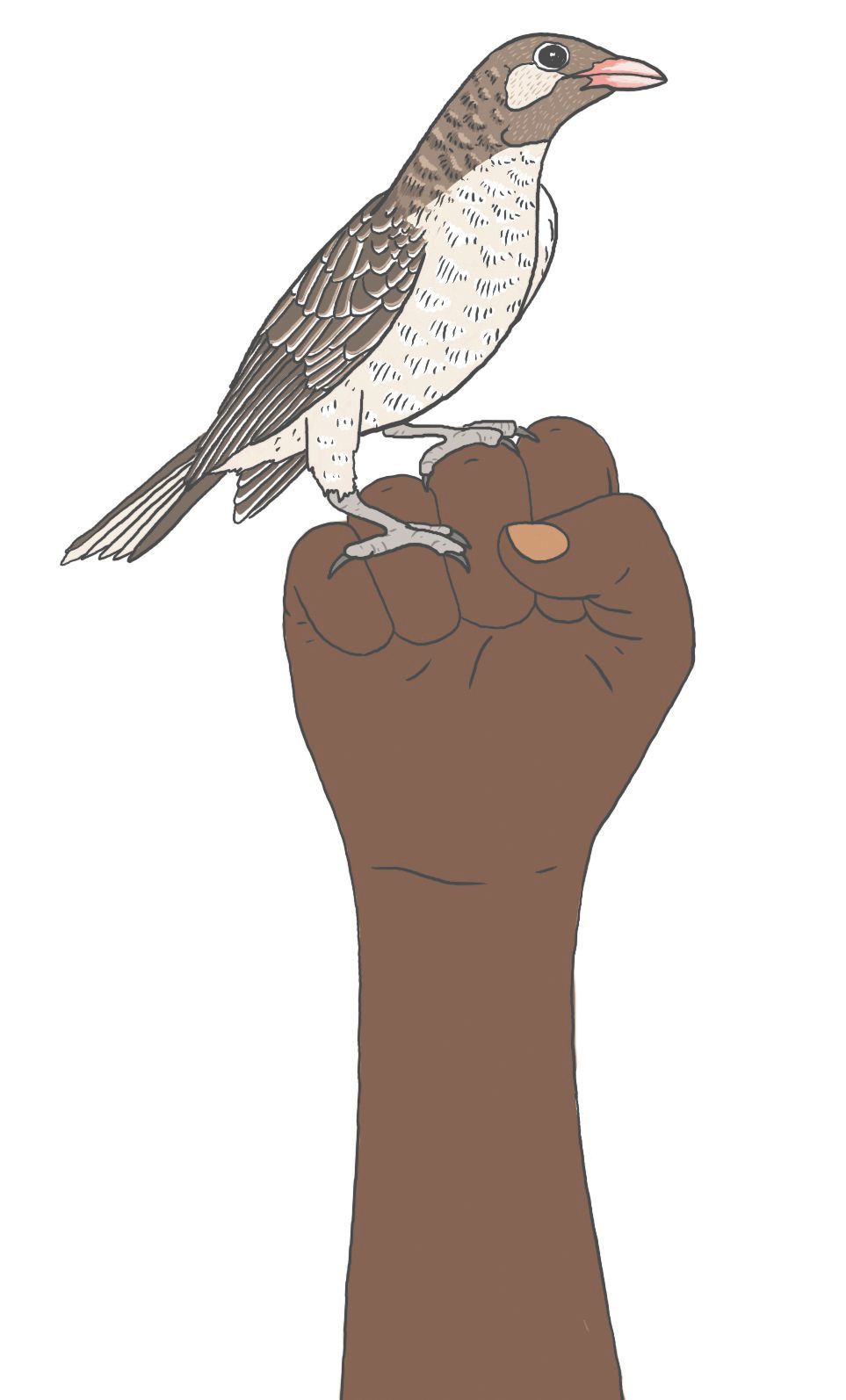
What’s the best time to honey-hunt?
Early in the morning, around 5 or 6 a.m. I think most of the birds are hungry. Sometimes in the morning, the same honeyguide will lead you to four or five nests. We wait to give them food, because if it’s got a full stomach, it will not show us. Then at the end we give it plenty. But we like to do it in our free time. [In Nzomane], we are five active honey hunters. If we are there all together, we will spend our time collectively looking for honey. We enjoy that.
Why are so few honey hunters left in Eswatini?
Things have changed. In my grandfather’s time, they used to go into the forest looking for honey to make traditional beverages. Now we’re just doing it for food. Some of the people with good knowledge, now they are grandfathers, and they don’t do it anymore.
Other ones, maybe they are grown up, they’re working far away. Especially my brothers, from whom I learned honey hunting—now they are not interested, because they are grown up and they are working. But sometimes on holidays we go.
There are also forest issues. Nowadays a lot of people are cutting forests. Or they set aside the land to conserve animals—then people aren’t able to go into the forest, because there will be rangers. In the future, maybe there will be no more honey hunting, because of displacement.
What motivates you to keep doing it, and to teach other people?
Last week I was home, and I did go into the forest. Even now, I’m grown up, I’m studying—but when I’m home, I just take my fruit whistle and I just go in the forest and hunt wild honey. It is very good and very unique. Sometimes you can go a long way, and there’s no honey—I’m very, very sad that day. But when it comes, it’s something like a game. When I find myself following a honeyguide, I’m very happy. I like this bird.
Thanks to Jessica van der Wal for facilitating this conversation.
Wild Life: An Explorer’s Guide to the World’s Living Wonders celebrates hundreds of surprising animals, plants, fungi, microbes, and more, as well as the people around the world who have dedicated their lives to understanding them. Pre-order your copy today!
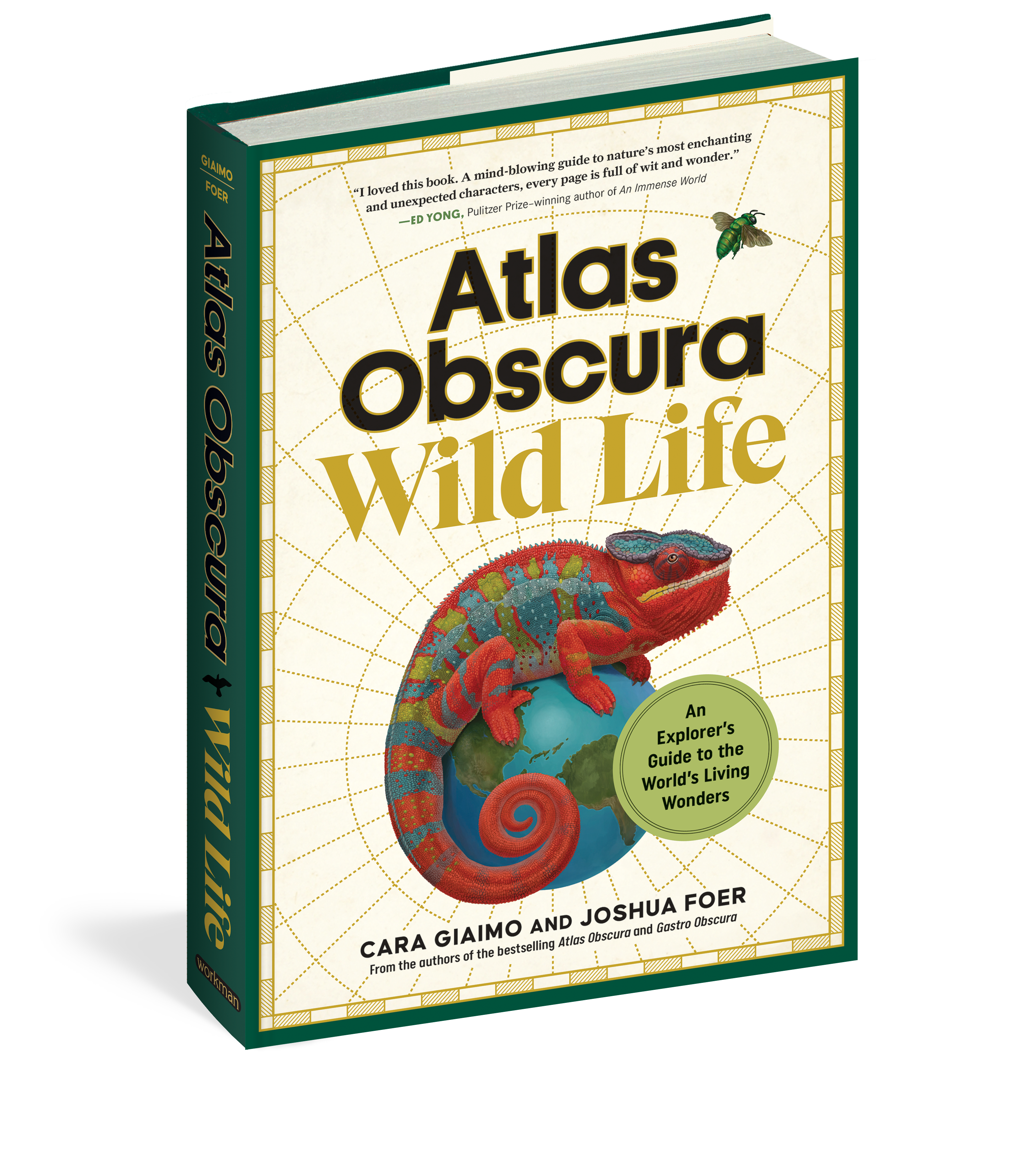
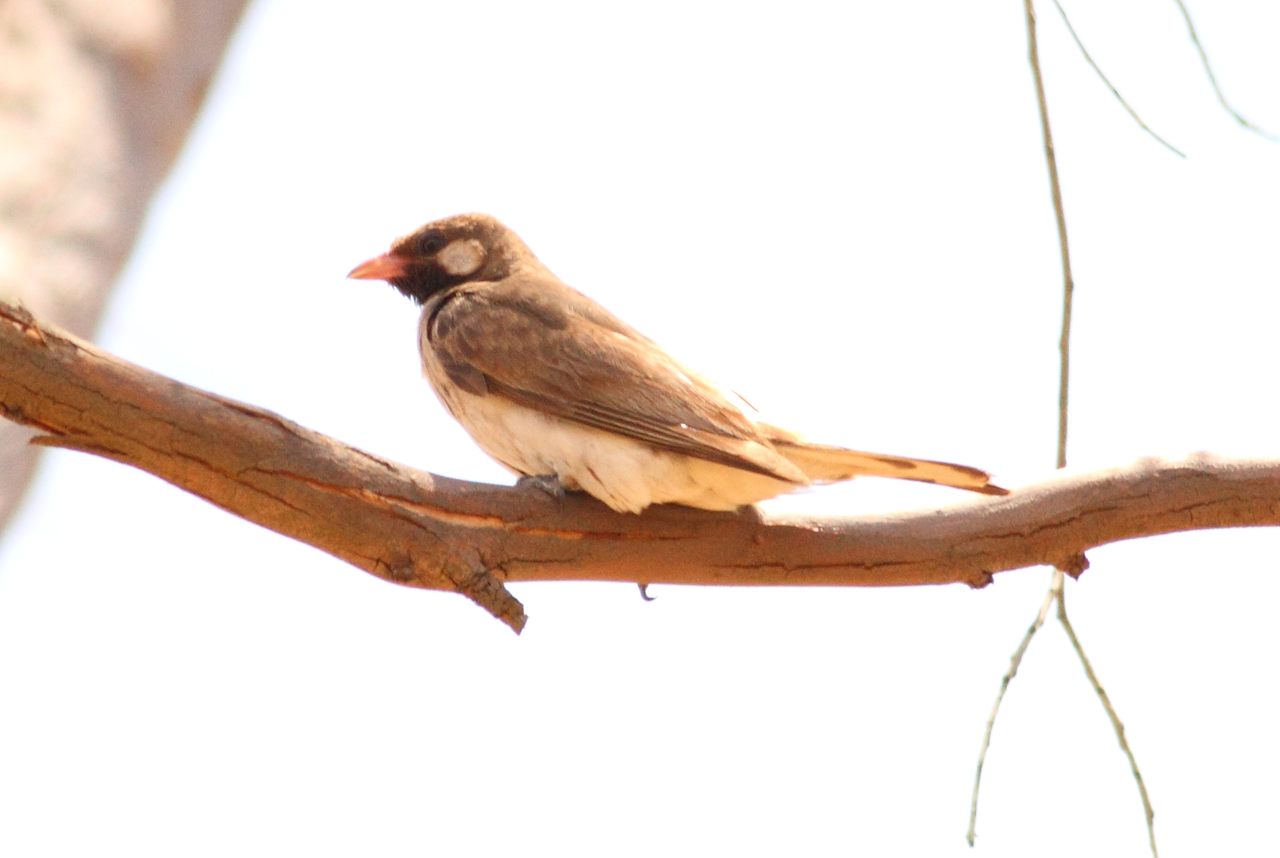

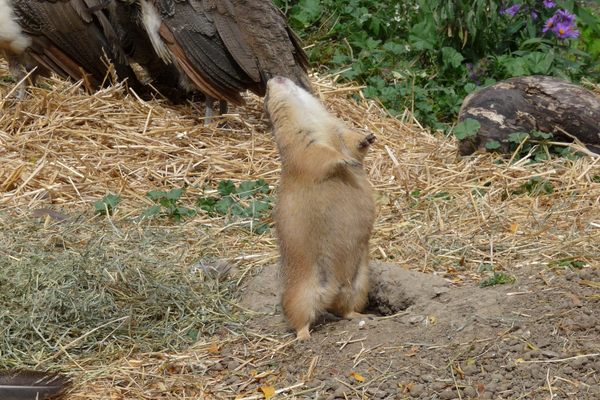


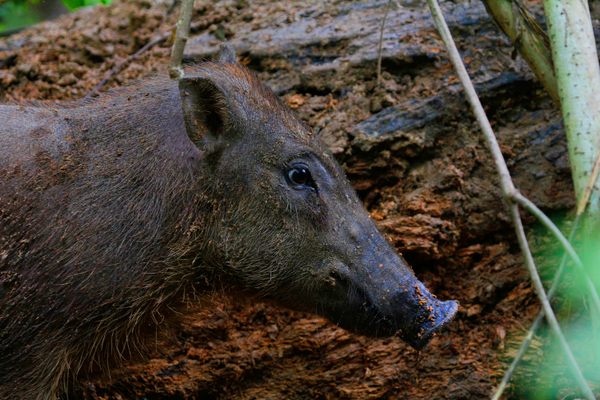





















Follow us on Twitter to get the latest on the world's hidden wonders.
Like us on Facebook to get the latest on the world's hidden wonders.
Follow us on Twitter Like us on Facebook